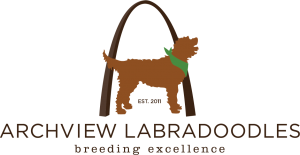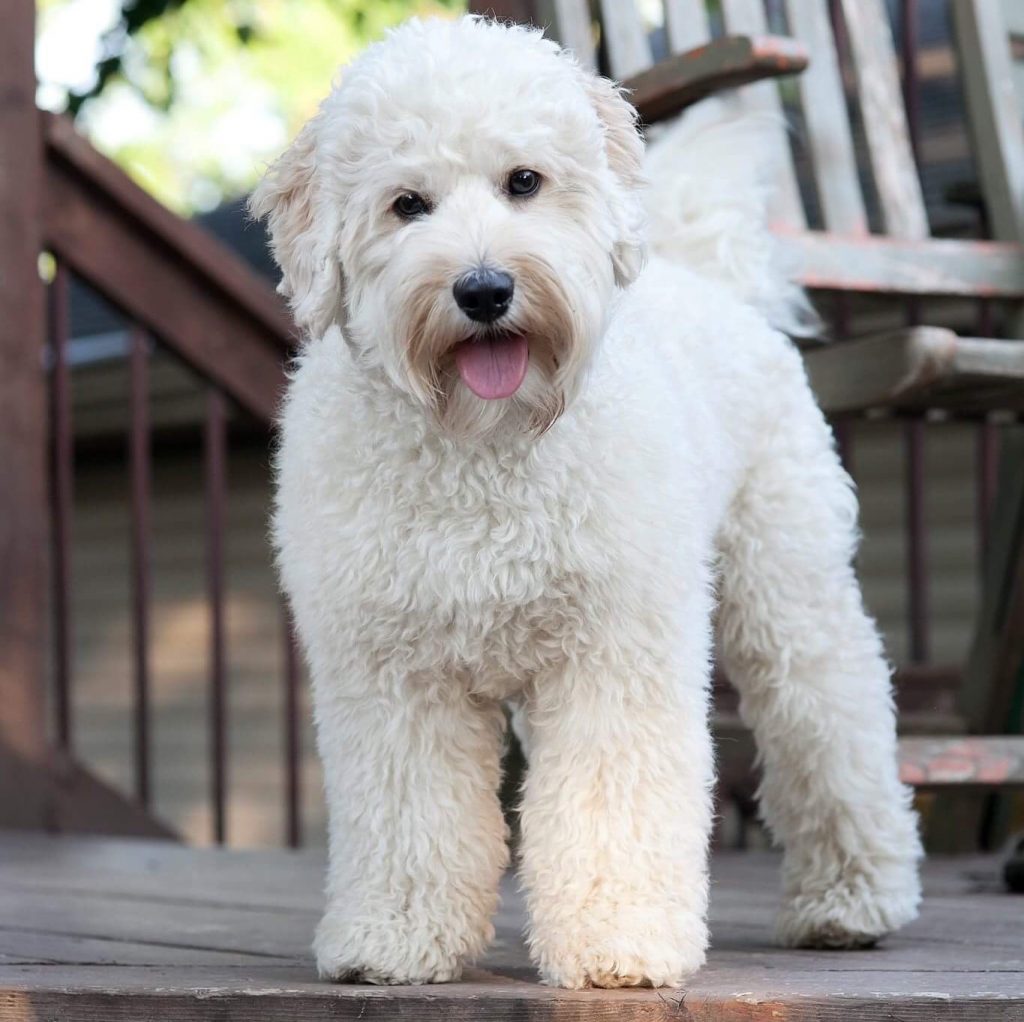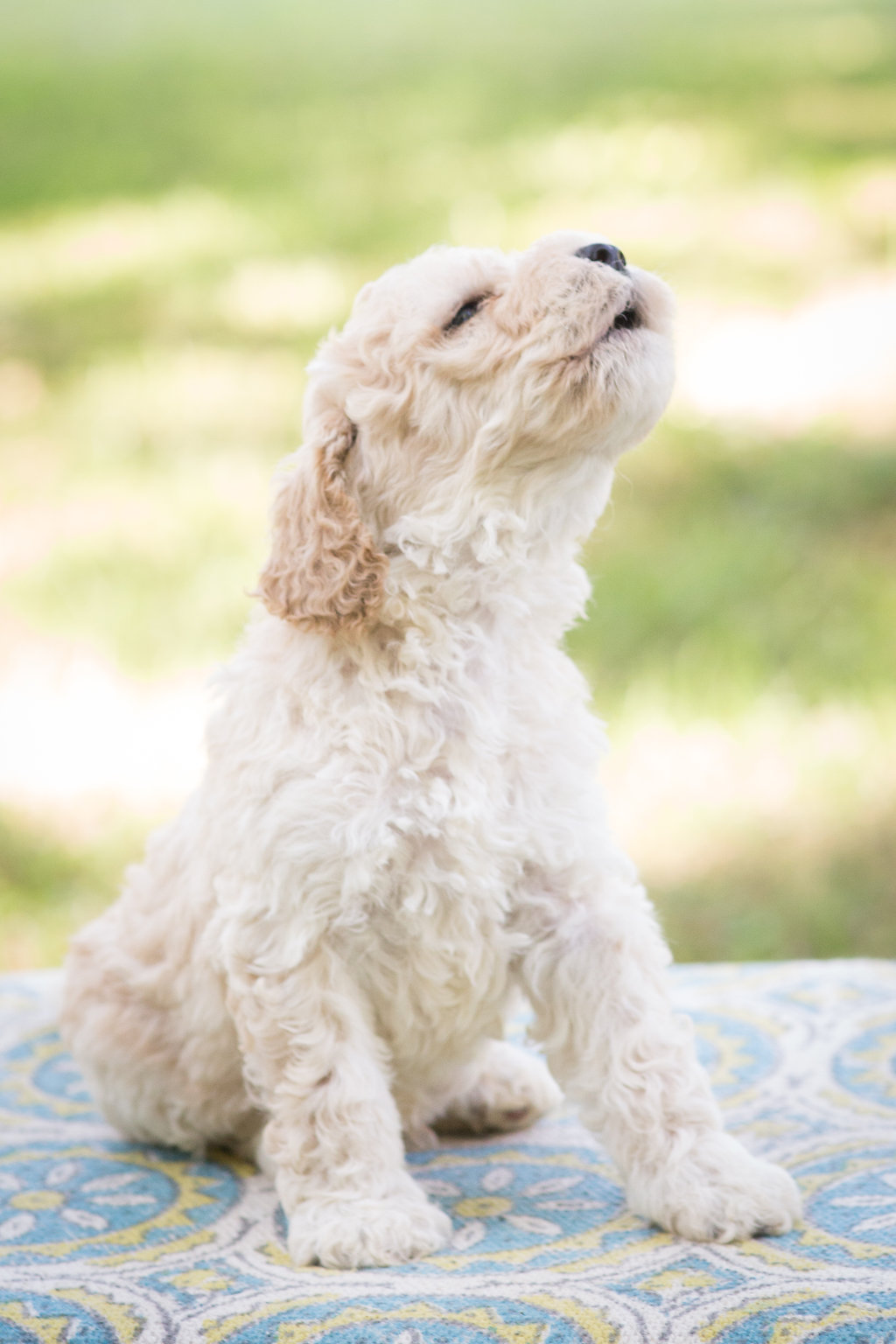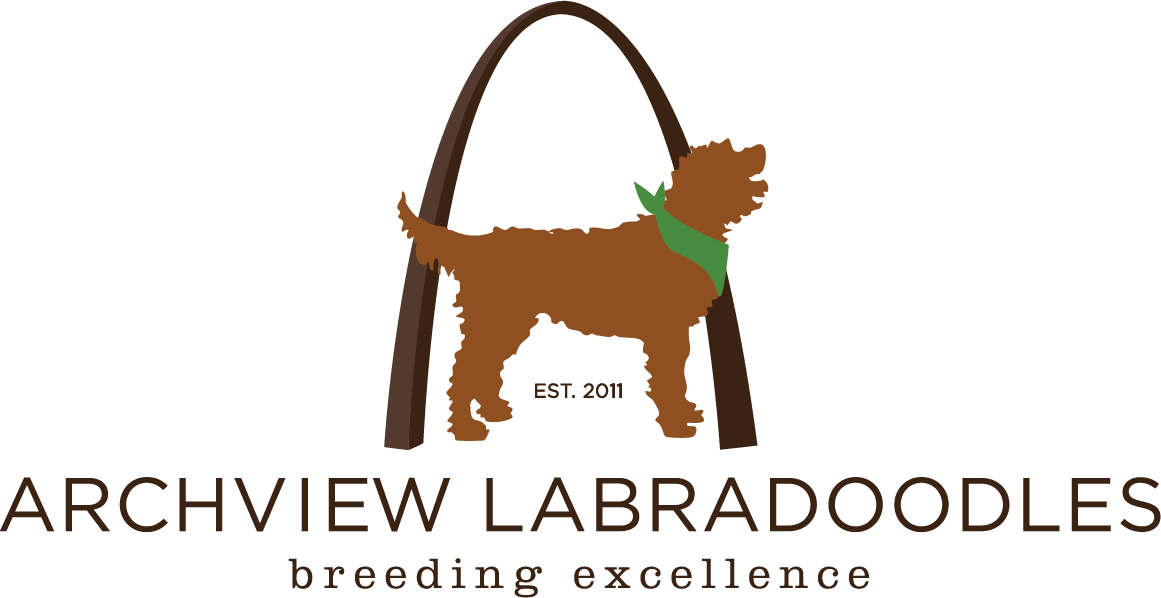
Bringing home your new puppy is so exciting, and we know there are so many things you will want to do with your new pal! One iconic image we all think of when we think of our dogs is taking a long walk in the park. What we don’t think of in that daydream is how ornery your dog might be if he/she has not been leash trained properly. In today’s blog, we have broken down some tips and tricks for teaching your puppy to enjoy his/her leash time.
Introducing the “Heel”
Before you begin leash training, your puppy needs to want to walk alongside you. In the book The Puppy Primer, the authors give you many exercises to transition your puppy through the “heeling” process. Remember, puppies much like children have a short attention span. Teaching them to heel or walk alongside you might be a bit boring to them. Remain patient and only reward good behavior. We highly encourage all of our new puppy parents to pick up a copy of The Puppy Primer and incorporate their “follow me” exercise in your daily routine.

A Gentle Introduction
Now that your puppy wants to be beside you, it is time to introduce to collar/harness and leash. Let your puppy wear their collar around the house for short periods of time. Once your puppy has adjusted to wearing their collar, you can introduce the leash. Allow your puppy to drag the leash around so they grow accustomed to its presence. Keep treats on you and encourage your puppy to walk forward while wearing their leash.
Once your puppy isn’t bothered by the idea of a collar and leash, begin walking him/her for a few steps inside the comfort of your home. Your puppy will not automatically walk in the “heel” position and that is okay! As your puppy grows more comfortable on a leash, you can begin to incorporate those “follow me” exercises into your regular leash training.
Be sure to offer lots of treats and praise when your puppy willingly walks alongside you. Remember, always bring the treat to your puppy and never allow your puppy to jump up on you in an attempt to get the treat. Treats should always be given while the puppy is sitting so they don’t pick up the bad habit of jumping up for food.
When your puppy is used to walking on a leash in the comfort of their home, you can take these exercises outside! There will be loads of new stimuli for your puppy to check out. Remain patient and focused on the task at hand, then you can enjoy tons of playtime in the yard!

Encountering Hiccups
Practice makes perfect, but you never want to practice incorrect habits when teaching them to be respectful on the leash. You want to correctly curb these bad behaviors early on so that your puppy becomes respectful while on the leash.
For example, your puppy may want to pull against the leash. When your puppy is small it isn’t hard to pull your puppy back to you, but that isn’t such a simple task when they are fully grown! When your puppy wants to pull against the leash, you want to remain stationary until they come back to you. Jerking on the leash can be harmful to small puppies, but allowing them to get away with such behavior while they are small only sets you up for bigger issues down the road.
We highly recommend you find a well-respected and certified dog trainer in your area for your new puppy. Not only is this a great opportunity for socialization when your puppy is older, but these trainers can help you navigate the highs and lows of working with your puppy.

If you are still on the hunt for your perfect puppy, look no further! Your future best friend is waiting for you here at Archview Labradoodles. Take a look at our available puppies page and fill out your adoption application today!







Leave a Reply